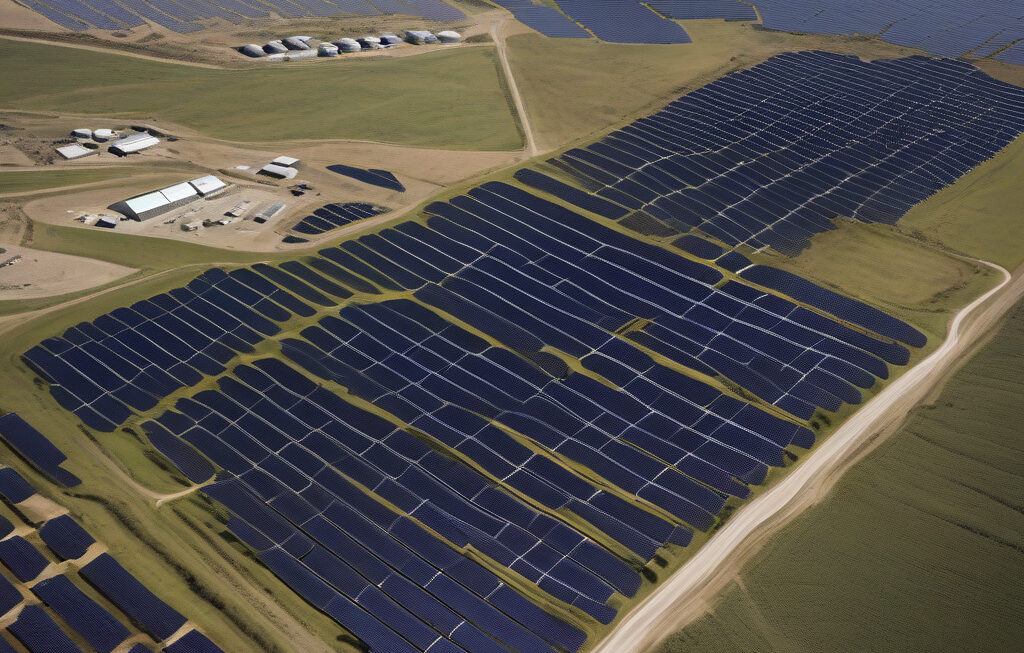A US nuclear power plant site is set for a new chapter as a hub for polysilicon production, aiming to generate a staggering 11 gigawatts of solar cells annually. This ambitious project marks a significant shift in the energy landscape, showcasing innovation and sustainability at its core.
The transformation of an old nuclear site into a polysilicon hub represents a strategic move towards renewable energy sources. By repurposing existing infrastructure, the project not only revitalizes the area but also addresses the growing demand for clean energy solutions. This initiative underscores the importance of adapting to the changing needs of society while striving towards a more environmentally conscious future.
Polysilicon, a key component in solar cell production, plays a crucial role in advancing solar technology. With the global push for renewable energy sources, the demand for polysilicon has been steadily increasing. By repurposing the nuclear site for polysilicon production, the project not only supports the shift towards sustainable energy but also boosts domestic production capabilities.
The decision to convert the nuclear site into a polysilicon hub highlights the potential for innovation in repurposing existing infrastructure. Rather than letting the site fall into disuse, the project leverages its assets to drive progress in the renewable energy sector. This adaptive approach sets a precedent for future projects looking to maximize resources and minimize environmental impact.
Furthermore, the scale of the project is truly impressive, aiming to produce 11 gigawatts of solar cells annually. This ambitious target signals a commitment to large-scale renewable energy production and positions the US as a key player in the global clean energy transition. By harnessing the site’s potential for polysilicon production, the project paves the way for a more sustainable and energy-efficient future.
In conclusion, the transformation of a US nuclear site into a polysilicon hub for solar cell production signifies a monumental shift towards renewable energy solutions. Through innovation, sustainability, and strategic repurposing of resources, the project exemplifies the possibilities of adapting existing infrastructure to meet the needs of a changing world. As the demand for clean energy continues to rise, initiatives like this showcase the importance of proactive measures in driving progress towards a greener future.
solar energy, renewable resources, innovation, sustainability, energy transition










